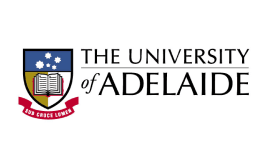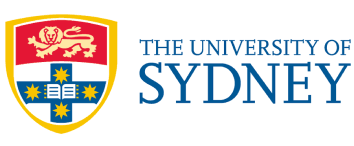This term of government will be critical for nature

Greater glider image: Sam Horton CC BY SA 4.0 wikimedia commons. Graph: Threatened Species Index - TSX.org.au
Media Release
5 May 2025
The Biodiversity Council congratulates the Australian Labor Party on their election victory.
The Biodiversity Council was founded by 11 Australian universities to promote evidence-based solutions to Australia’s biodiversity crisis.
This will be an important term of government when it comes to nature protection - it will coincide with the release of the 2026 State of Environment report, the next meeting of the Conference of Parties for the implementation of the Global Biodiversity Framework, Australia hosting of the UN Climate Change CoP and the UN Oceans conference in just over a months' time, and the 2026 Basin Plan Review.
It also comes as Australia's list of threatened species and ecosystems continues to grow, as biodiversity protection and recovery remains chronically underfunded, as our weak environmental laws remain 'ineffective and inefficient', and as the major threats to our unique wildlife and ecosystems are allowed to run rampant - invasive species, habitat destruction, climate damage and fire.
Biodiversity Council Director James Trezise said, “We know that leadership and ambition is required if we are to genuinely tackle Australia's biodiversity and extinction crisis. There is a lot of work to do over the next three years.
“The government needs to deliver on their promises from last term - to introduce national environmental standards and an independent EPA to oversee them along with an independent and well resourced Environment Information agency.”
“We encourage the Albanese Government to grasp the nettle on protecting Australia's unique ecosystems and, with increased ambition and urgency, tackle head-on the issue of Australia's failing environmental protection framework.”

Australia's Threatened Species Index compiles monitoring data from thousands of sites across the country. It reveals that Australia's threatened species populations have fallen to less than half of their year 2000 sizes on average.
Biodiversity Council Co-Chief Councillor Professor of Mathematics and Conservation Science Hugh Possingham from the University of Queensland said, “Australia now has more than 2000 species listed as threatened with extinction, and on average, their numbers have fallen to less than half what they were just 22 years ago.
“This government will need to substantially increase protection and conservation actions for threatened species to prevent extinctions, which they have both a moral and legal obligation to do.
“It is also critical they increase resources for the identification and assessment of species that are at risk but are not yet listed as threatened. We need a chance to find and pull these species back from the precipice before it is too late. ”
Biodiversity Council Co-Chief Councillor Yuin man and wildlife ecology expert Dr Jack Pascoe from the University of Melbourne said, “Indigenous Australians play an enormous role in managing vast sections of Australia’s landscapes and threatened and culturally significant species, often with scant resources.
“To enhance the health of Country, we would like to see this government increasingly empower Indigenous Australians to manage Australia’s land and seascapes and to benefit from Traditional Knowledge.”
Biodiversity Council Lead Councillor and Professor of Sustainability Sarah Bekessy from RMIT University said, “The Albanese Government will need to tackle our housing crisis by overseeing an increase in homes, and we will all benefit if this is done in ways that enhance the sustainability and liveability of our cities.
“At present we are principally growing our cities through urban sprawl into Australia’s most critically endangered ecosystems and this will almost certainly drive species to extinction without a major rethink.
“We want to see green cities where an abundance of nature around where we live helps to keep us cool, enhances our physical and mental health and benefits our children’s development.
“This will not happen without strong direction and regulation from governments.”














